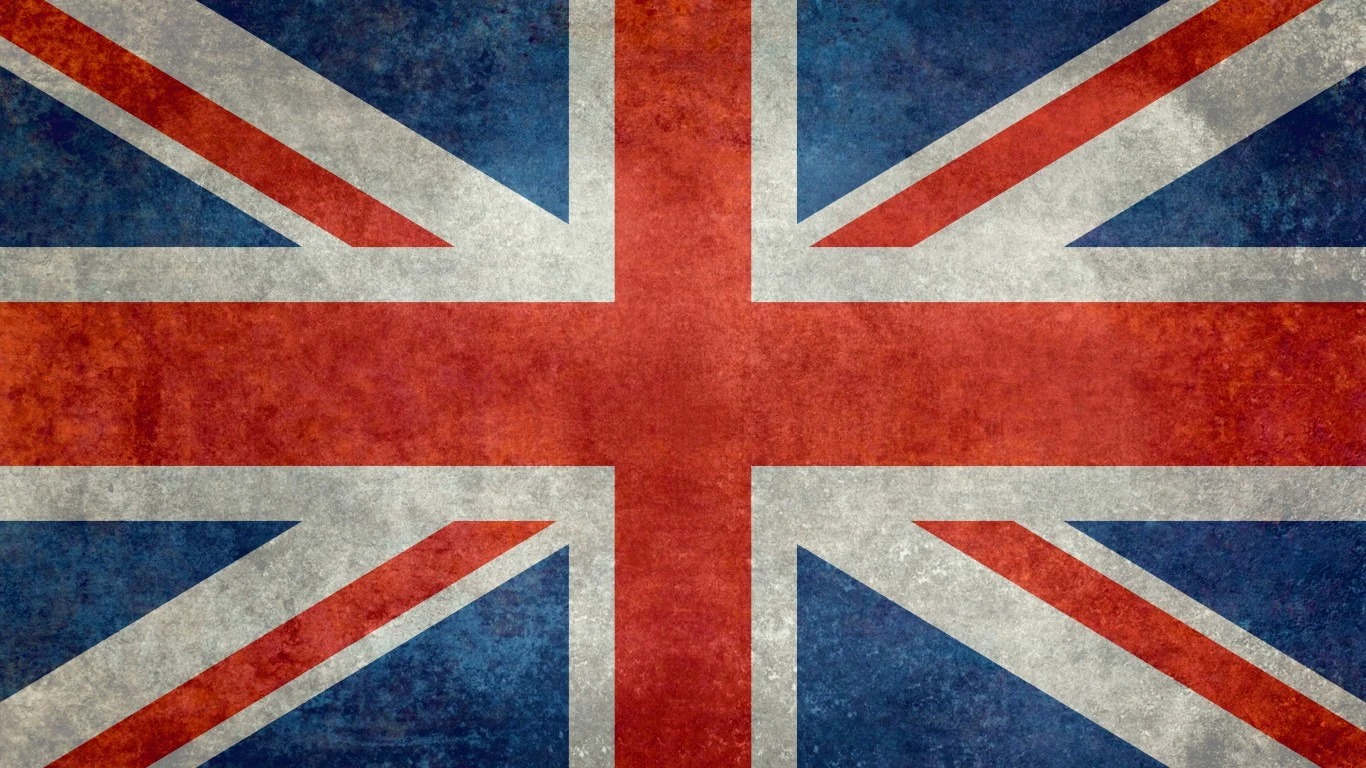
To protect financial stability, the United Kingdom Treasury officials announced on Monday that consumers wouldn’t be able to hoard their future CBDCs. What are the implications?
Savings Disabled for UK’s CBDC?
It was in April 2021 when the Bank of England and HM Treasury officially announced a central bank digital currency (CBDC) task force. Even then, the UK’s central bank stated that their digital currency would co-exist “alongside cash and bank deposits, rather than replacing them.”
On Monday, BoE Governor Andrew Bailey and Chancellor Jeremy Hunt revealed a clearer CBDC roadmap that aligns with that original statement. Equivalent to the Treasury Secretary in the US (Janet Yellen), the UK’s Chancellor of the Exchequer, Jeremy Hunt, outlined the future of the digital pound:
- It will likely be implemented in the latter half of the decade by 2030.
- Limited holdings and transfers to a few thousand CBDC tokens to prevent unsustainable outflows from traditional high street banks.
Chancellor Hunt is worried that a shift to the digital pound would enable customers to withdraw money between accounts instantly. This would pose a significant bank-run risk that could lead to the collapse of the banking sector. However, the limit on people’s digital pound holdings should only be in the introductory CBDC stage.
“This would strike a balance between both encouraging use and managing risks, such as the potential for large and rapid outflows from banking deposits into digital pounds. These limits could be amended in the future.”
Jeremy Hunt, UK’s Chancellor of the Exchequer
Like in the US, the UK’s banking scene comprises a handful of large banks, otherwise known as the ‘Big Four’: Lloyds Banking Group, Barclays, HSBC, and the Royal Bank of Scotland. They handle the bulk of the UK’s financial affairs, from credit cards and personal loans to savings accounts and mortgages.
By their very digital nature, CBDC tokens could leave these legacy banks outside the monetary system, which is why artificial restrictions must be erected.
What Would a ‘Britcoin’ Look Like?
At present, 11 nations have already launched CBDCs. China, India, Russia, Australia and South Africa are still in the pilot stage. The UK, like North America and Europe, is in the development stage, consisting of 33 nations.
The first stumbling block on the nature of CBDC is deciding whether it will be a central bank account or a token. In a tokenized form, the CBDC digitally represents the national currency issued and circulated by the central bank’s distributed ledger. As such, a tokenized CBDC could have privacy and other built-in features.
In an account-based form, the CBDC would be under the strict control of the central bank. Conversely, financial institutions would be allowed to have such an account wherein their transactions are recorded as debits and credits.
Case in point, the Biden admin is creating a FedNow, an upgrade to the Fedwire service. Unlike the previous iteration, the FedNow platform would allow 24/7 real-time settlement. However, only banks would be allowed to clear payments in real-time, which would then serve retail users.
Likewise, the Bank of England is not exploring the pathway wherein retail customers would have an account directly with the central bank. Instead, the digital pound would be held in digital wallets, equal to physical banknotes, much like the Chinese eCNY.
With a digital ID as a part of the digital wallet on a smartphone, this would allow people to hold digital pounds without having a bank account. The European Union already outlined the standard for eID as the universal digital wallet, holding both government documents and digital euro in the future.
For the time being, Chancellor Hunt is still exploring “what is possible first, whilst always making sure we protect financial stability”.
What is the Difference Between Electronic Cash and CBDCs?
When people log on to their internet banking apps, one may say they already have access to digital dollars. They are provided by the respective bank with their take on the app. However, those dollar numbers in apps represent claims on dollars instead of actual dollars.
This is the difference between a physical banknote and electronic cash. Like physical banknotes, the Federal Reserve and BoE have the exclusive prerogative to issue actual dollars/pounds, not commercial banks. Put it differently, the Fed issues digital dollars (electronic cash), but they exist as the central bank’s reserve balance.
In turn, commercial banks have been granted access to the Fed’s reserve balance which is not available to retail customers. The Fed Chair, Jerome Powell, explained that the central bank could at any point print such money digitally, in addition to printing physical money.
By the same token, when the Bank of England bought £895 billion worth of bonds (government debt) on January 5th, it printed banknotes digitally.
Therefore, the whole point of CBDCs is to extend the central bank’s digital currency access to retail users. On the whole, whether tokenized or account-based, CBDCs disintermediate commercial banks. This is why BoE and HM Treasury are already talking about limiting savings and digital pound transfers.
Whether that constitutes sound money practices is another matter entirely. After all, the more banks engage in digital money printing, the money loses value. The retail users then have to pay the difference in inflation, which could be considered informal taxation.
This article originally appeared on The Tokenist
Sponsored: Find a Qualified Financial Advisor
Finding a qualified financial advisor doesn’t have to be hard. SmartAsset’s free tool matches you with up to 3 fiduciary financial advisors in your area in 5 minutes. Each advisor has been vetted by SmartAsset and is held to a fiduciary standard to act in your best interests. If you’re ready to be matched with local advisors that can help you achieve your financial goals, get started now.






